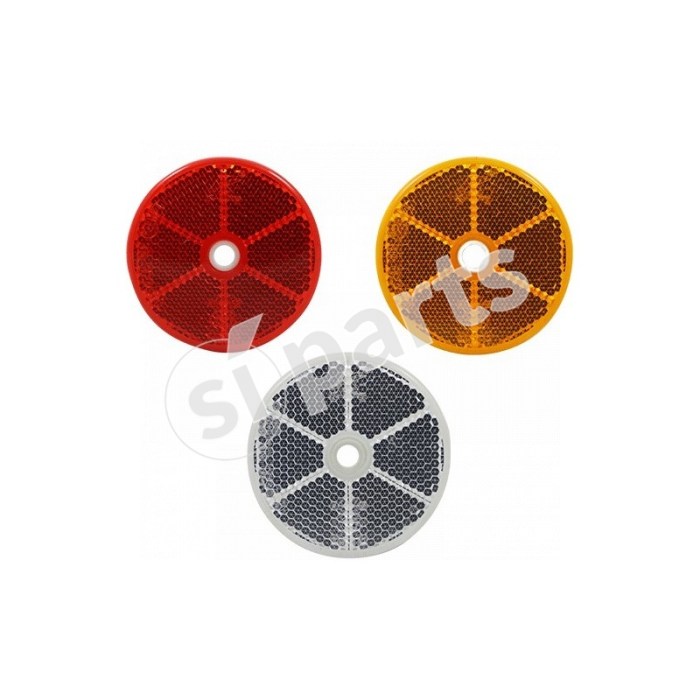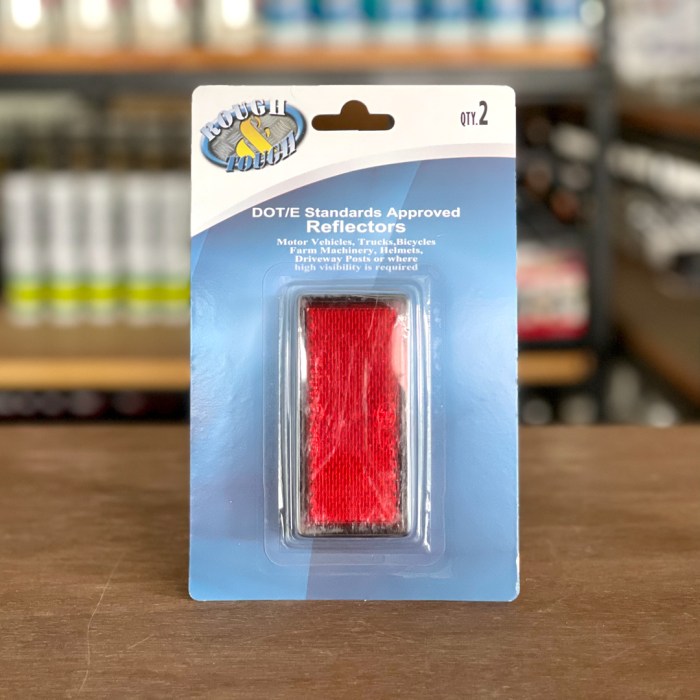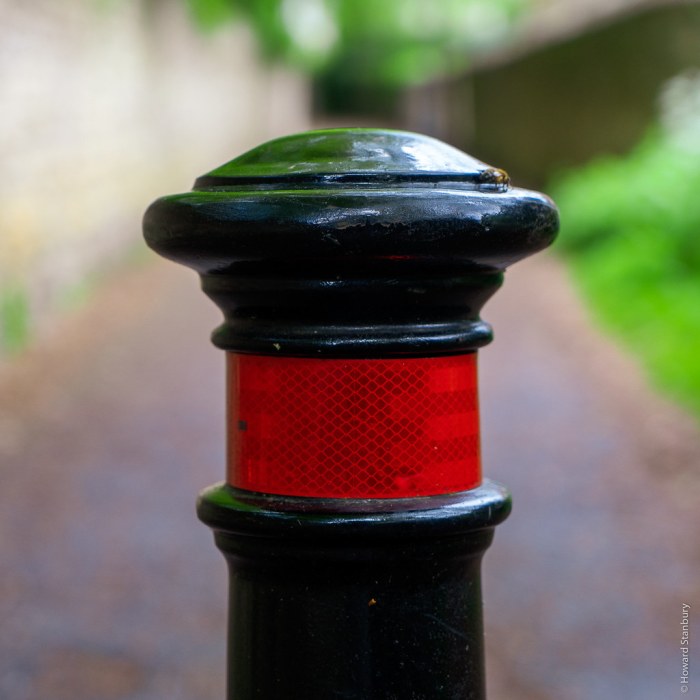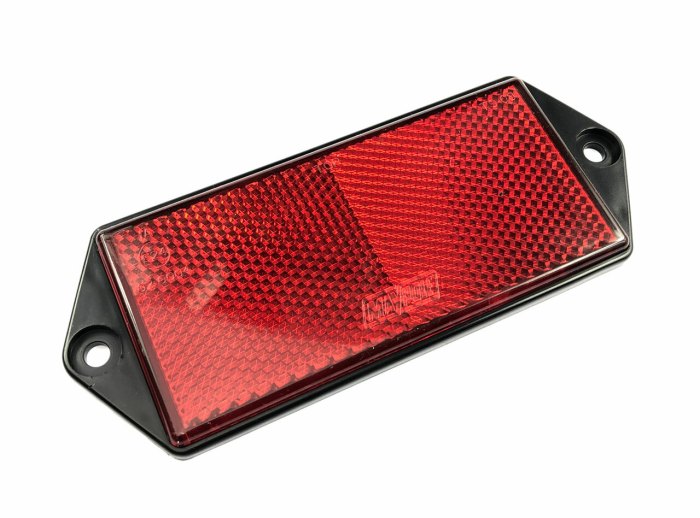How many red reflectors should you carry? As this question takes center stage, this comprehensive guide delves into the realm of vehicle safety regulations, reflector types, placement, maintenance, and additional considerations. Prepare to illuminate your understanding and ensure maximum visibility on the road.
Understanding the legal requirements and types of red reflectors available is crucial. Discover the advantages and disadvantages of each type, along with proper placement techniques to enhance visibility and prevent obstruction. Regular maintenance and inspection are essential to ensure reflectors remain effective, and this guide provides clear instructions on how to check for damage and perform necessary replacements.
Safety Regulations and Requirements

Red reflectors are an essential safety feature for vehicles, enhancing visibility and preventing accidents. Various jurisdictions have specific regulations regarding the number of red reflectors required on vehicles.
In the United States, federal regulations mandate that all motor vehicles manufactured after 1968 must have two red reflectors on the rear, one on each side. In addition, some states have additional requirements, such as California, which requires four red reflectors on all vehicles, including trailers.
Failure to comply with these regulations can result in fines and penalties. It is important to ensure that vehicles are equipped with the correct number of red reflectors to comply with legal requirements and maximize safety.
Types of Red Reflectors

There are various types of red reflectors available, each with its advantages and disadvantages.
- Triangular Reflectors:These are the most common type of reflector, providing a wide reflective surface. They are typically made of plastic or metal.
- Round Reflectors:These reflectors are smaller and less conspicuous than triangular reflectors. They are often used on smaller vehicles, such as motorcycles.
- Oval Reflectors:These reflectors are similar to round reflectors but have a more elongated shape. They are often used on the sides of vehicles.
- Flexible Reflectors:These reflectors are made of a flexible material, allowing them to be attached to curved surfaces. They are often used on trailers and other large vehicles.
Placement of Red Reflectors

The placement of red reflectors is crucial for ensuring maximum visibility. The following guidelines should be followed:
- Rear Reflectors:Rear reflectors should be placed on the rear of the vehicle, as close to the edges as possible. They should be visible from a distance of at least 100 feet.
- Side Reflectors:Side reflectors should be placed on the sides of the vehicle, between the front and rear wheels. They should be visible from a distance of at least 50 feet.
- Avoid Obstructions:Reflectors should not be obstructed by other objects, such as mud flaps or license plates.
Maintenance and Inspection

Regular maintenance and inspection of red reflectors are essential to ensure they remain effective. The following steps should be taken:
- Check for Damage:Regularly inspect reflectors for any damage, such as cracks or fading.
- Clean Reflectors:Clean reflectors regularly to remove dirt and debris that may obstruct their visibility.
- Replace Reflectors:Replace reflectors that are damaged or faded to ensure optimal visibility.
Additional Considerations: How Many Red Reflectors Should You Carry
In addition to the general guidelines discussed above, the following considerations should be taken:
- Trucks and Trailers:Trucks and trailers may require additional reflectors due to their larger size. These reflectors should be placed in accordance with the regulations for the specific vehicle type.
- Motorcycles:Motorcycles typically have smaller reflectors than cars. They should be placed on the front, rear, and sides of the motorcycle to ensure maximum visibility.
- Other Safety Measures:Red reflectors should be used in conjunction with other safety measures, such as lighting and signaling devices. This combination of measures enhances overall visibility and safety on the road.
Q&A
What are the legal consequences of not carrying the required number of red reflectors?
Penalties for non-compliance with red reflector regulations vary depending on the jurisdiction. Fines, vehicle impoundment, and even license suspension are possible consequences.
What is the recommended placement for red reflectors on a vehicle?
Reflectors should be placed at the rear of the vehicle, typically on the bumper or tailgate, to ensure maximum visibility from behind.
How often should red reflectors be inspected and maintained?
Regular inspections should be conducted to check for damage, fading, or misalignment. Clean reflectors with a mild detergent and replace them if necessary to maintain their effectiveness.